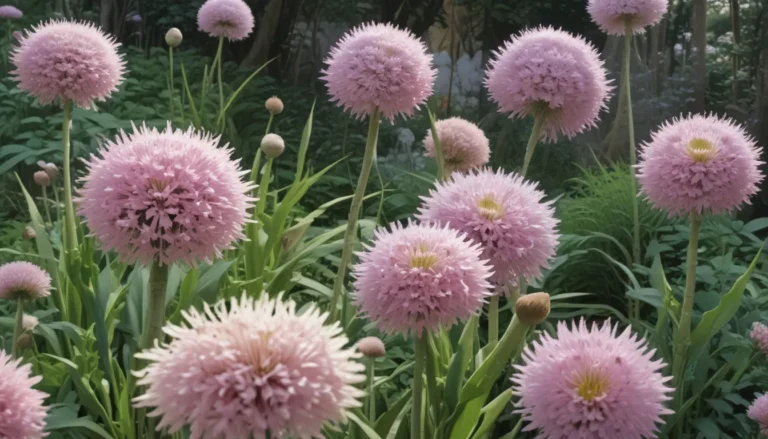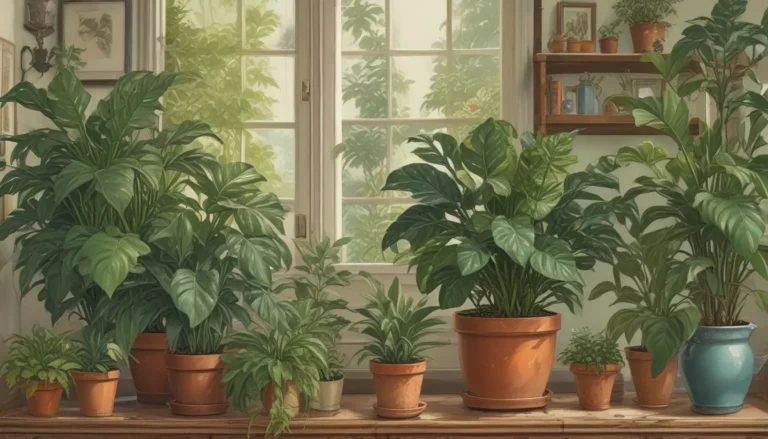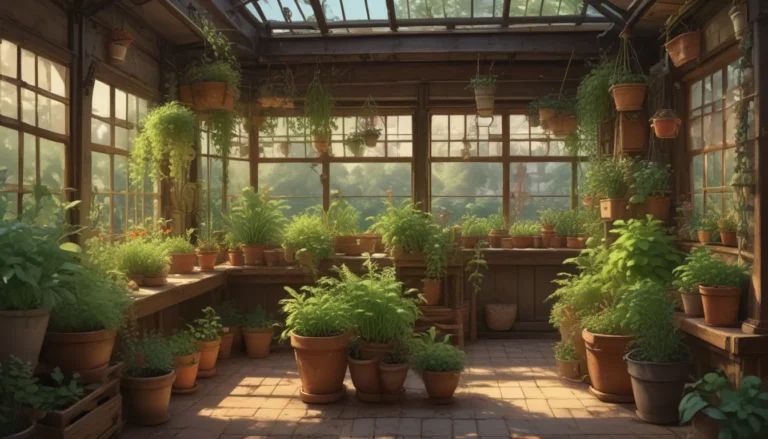A Comprehensive Guide on Dividing and Transplanting Bamboo

Bamboo is a versatile and robust plant that adds a touch of elegance to any garden. However, due to its vast root system and large rhizomes, special care is needed when moving it from one location to another.
Many varieties of bamboo are grown for their stately architectural form, featuring tall culms and lush, evergreen foliage, making them perfect for tall hedges and privacy screens. But whether you have a clumping or running variety, the process of dividing and transplanting bamboo remains the same.
In this in-depth guide, we will explore everything you need to know about dividing and transplanting bamboo, including the tools you need, when to transplant, how to prepare the new site, and the step-by-step process of lifting, dividing, and transplanting bamboo.
Tools for the Job
Before you embark on the task of dividing and transplanting bamboo, it’s essential to have the right tools on hand to make the job easier. Here are the tools you will need:
- Spade or Garden Fork: Use a clean, sharp spade or garden fork to lift the roots of the bamboo.
- Handsaw, Axe, or Chainsaw: To cut thick rhizomes into manageable sections, you’ll need a handsaw, axe, or chainsaw.
- Garden Knife or Hori Hori: A sturdy garden knife or hori hori is useful for prying apart smaller roots.
- Bucket of Water: Use a bucket of water to hold root balls between locations.
When to Transplant
Bamboo is a fast-growing plant that needs to be transplanted at the right time to ensure its survival. It is best to transplant bamboo in early spring before new growth appears or in autumn after the growing season has ended. Avoid transplanting during hot, sunny days, as the delicate roots are sensitive to sunlight and a lack of moisture.
Prep the New Site
Before you begin digging up your existing bamboo stand, it’s crucial to prepare the new site to ensure the roots don’t dry out. Here are some steps to prep the new site:
- Choose a full sun location with well-draining, fertile soil and a slightly acidic to neutral pH.
- Dig a hole twice as wide as the root ball and amend the soil with compost or well-rotted manure for fertility.
- Ensure the soil has good drainage to prevent root rot and mix in water-retentive materials to hold soil moisture.
- Water the soil deeply before transplanting to create a moist environment for the roots.
How to Lift, Divide, and Transplant Bamboo
Dividing and transplanting bamboo can be a labor-intensive process, especially for running varieties with deeper roots. Here is a step-by-step guide on how to lift, divide, and transplant bamboo:
-
Lifting a Clump: Use a spade to cut through the soil about 12 inches out from the stems, completely encircling the clump.
-
Selecting Areas for Division: Find natural gaps in the growth to separate the rhizomes and create new sections with healthy, mature culms.
-
Cutting through the Roots: Use a clean, sharp spade, axe, or handsaw to cut through the fibrous roots and rhizomes to a depth of 12 inches.
-
Loosening and Lifting: Gently sway each section back and forth to loosen it, then use a spade as a lever under the roots to lift it out.
-
Transplanting: Transfer each section to its new location, backfill with soil, and water gently but deeply.
-
Mulching: Add a layer of organic mulch to keep the roots moist and reduce transplant shock.
Sleep, Creep, and Leap
After transplanting bamboo, it can take one to three years for the new divisions to become fully established. Remember the bamboo adage: “The first year it sleeps, the second year it creeps, the third year it leaps.” Be patient and provide the right conditions for success to enjoy a lush, tropical forest in your garden.
Have you tried dividing and transplanting bamboo in your garden? Share your experiences in the comments below! And for more information on bamboo, check out our guides on growing and caring for bamboo plants and identifying and controlling bamboo spider mites.
By following these tips and guidelines, you can successfully divide and transplant bamboo in your garden, ensuring the healthy growth of this versatile plant. Remember to provide the right conditions, tools, and care to help your bamboo thrive and create a beautiful, lush landscape in your outdoor space.





